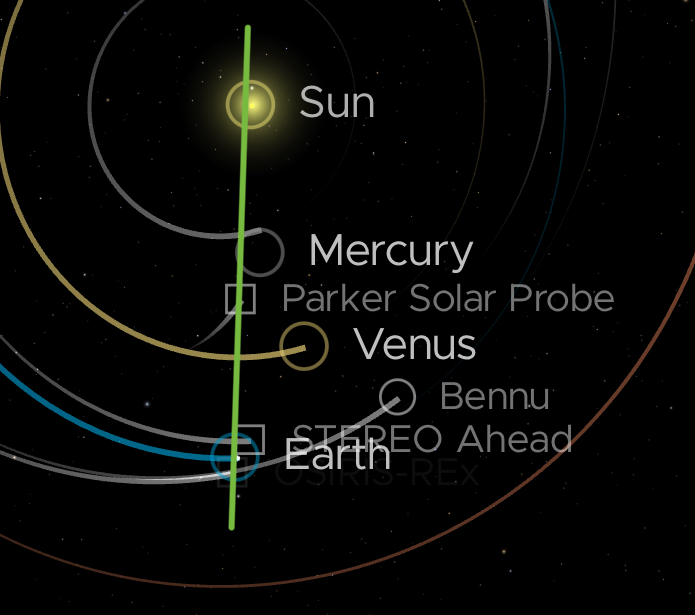The image above is from today’s NASA JPL Solar System.
In the past few days, we had a major weather patterns in Hong Kong, Brazil and Greece, killing dozens.
Also we have a major hurricane going from CAT 1 to CAT5 in a day, and appears to be one for the record books.
Could the alignment of celestial bodies have this impact on earth?
The universe is a constantly changing and interconnected web of celestial bodies, and our Earth is not isolated from these cosmic interactions. While the effects of the moon’s gravitational pull on tides are well-known, there is an ongoing debate among scientists and researchers about whether alignments between the sun, Mercury, Venus, and Earth can influence our planet’s weather patterns and seismic activity. In this blog post, we will explore the intriguing concept of celestial alignments and their potential connection to weather phenomena and earthquakes.
The Players: Sun, Mercury, Venus, and Earth
Before delving into the possible effects of these alignments, let’s understand the key players in this cosmic dance:
- The Sun: Our closest star and the source of Earth’s energy. The sun’s energy drives weather systems through processes like solar heating and radiation.
- Mercury: The innermost planet in our solar system, known for its extreme temperature variations. Mercury’s proximity to the sun makes it a subject of interest in discussions about celestial alignments.
- Venus: Earth’s neighboring planet, similar in size and composition. Venus has a thick atmosphere, and studying its climate provides insights into our own planet’s weather systems.
- Earth: Our home planet, with a diverse range of weather patterns and tectonic activity, including earthquakes.
Celestial Alignments and Their Potential Impact
The concept of celestial alignments involving the sun, Mercury, Venus, and Earth is often met with skepticism in the scientific community. While there is no definitive proof of a direct cause-and-effect relationship between these alignments and specific weather events or earthquakes, some researchers have proposed theories on how these cosmic configurations might influence our planet:
- Gravitational Effects: Celestial bodies exert gravitational forces on each other. When the sun, Mercury, Venus, and Earth align, their combined gravitational pull could theoretically affect Earth’s tides, atmospheric pressure, and even the stress on Earth’s crust, potentially contributing to seismic activity.
- Solar Radiation: The sun’s radiation and energy output vary over time due to its 11-year solar cycle. During periods of high solar activity, such as solar maximums, increased solar radiation could impact Earth’s atmosphere and weather patterns.
- Planetary Influences: The positions of Mercury and Venus relative to Earth could affect the distribution of heat in the atmosphere. These planets’ proximity to the sun might lead to localized temperature changes, potentially influencing weather systems.
- Electromagnetic Interactions: Some scientists suggest that celestial alignments may create unique electromagnetic conditions in Earth’s atmosphere, which could, in turn, influence weather phenomena like thunderstorms and lightning.
